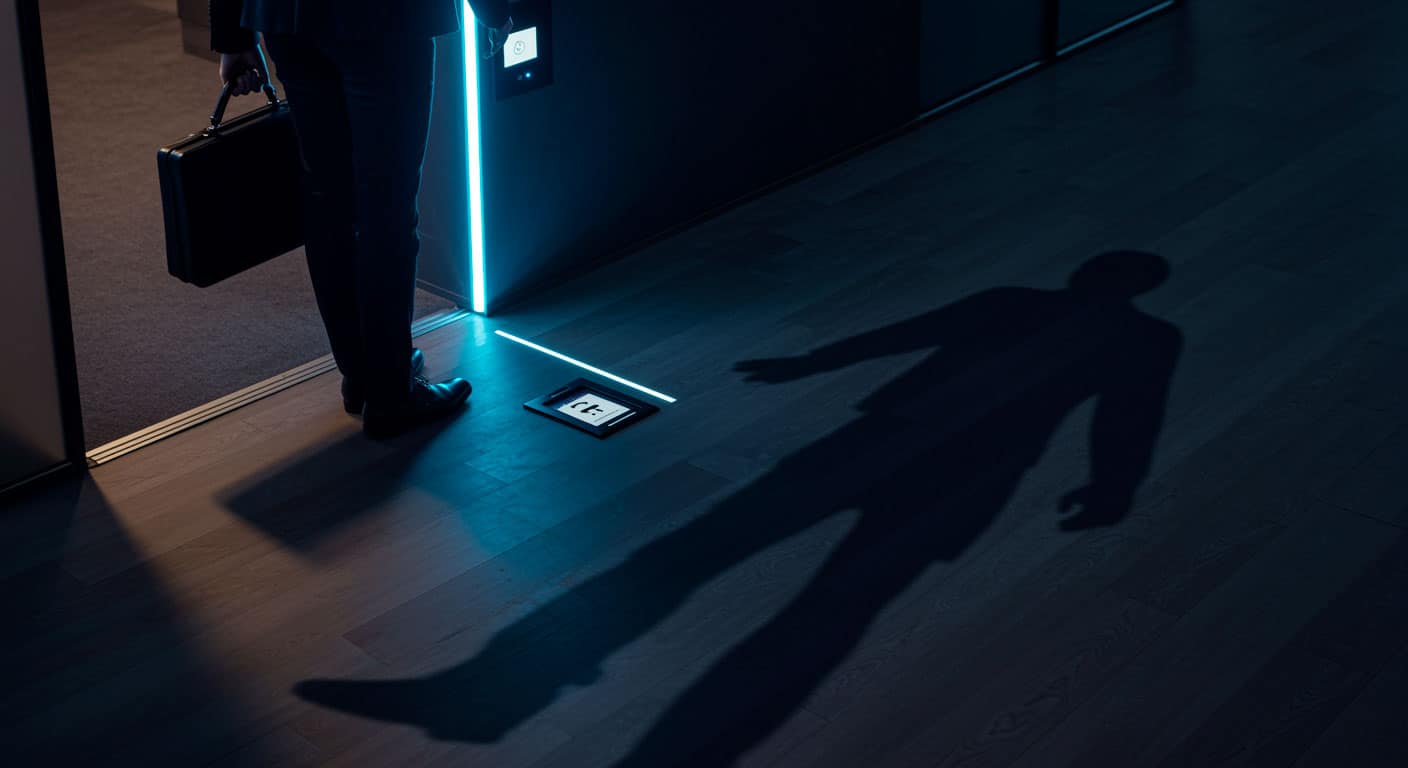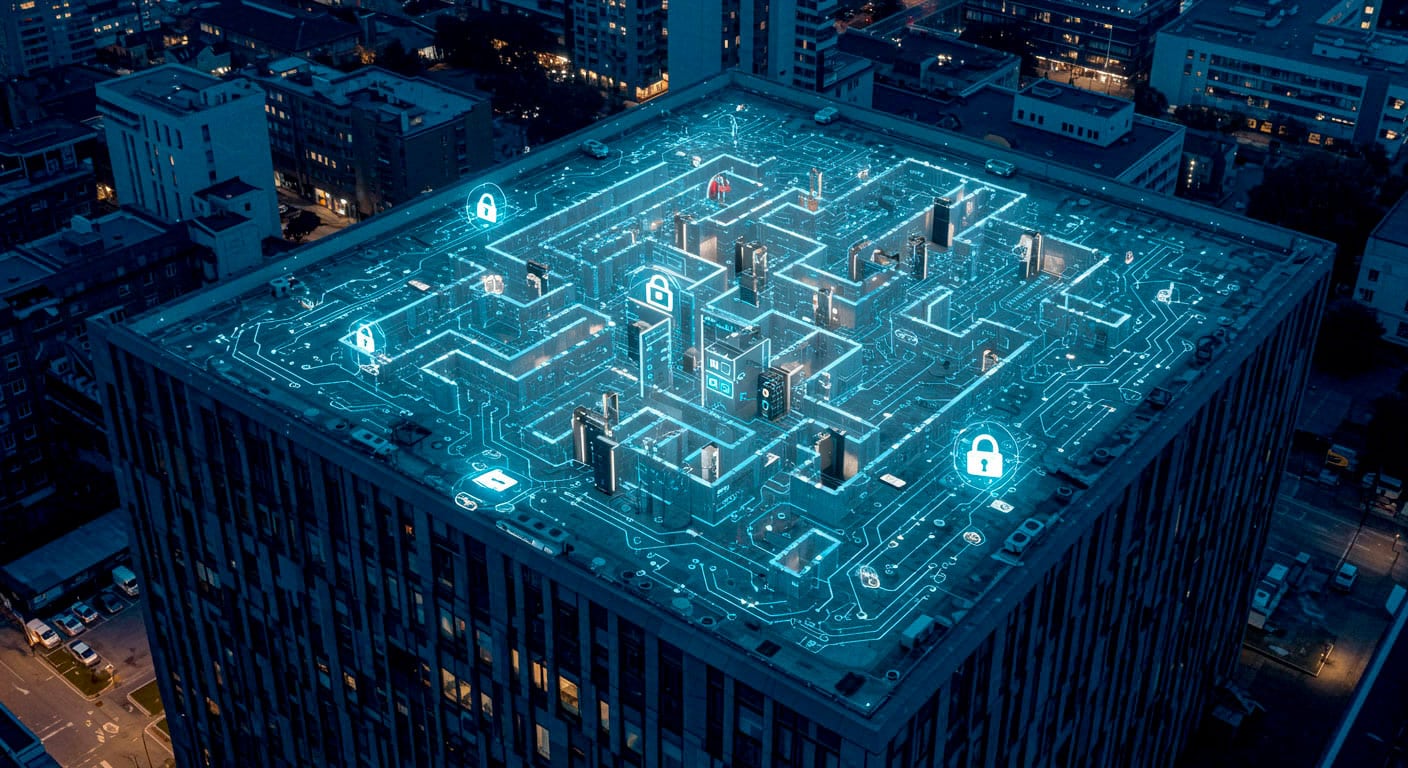Insider threats (insider threats) are one of the most insidious risks to corporate physical security. Unlike external attacks, they come from those who already have legitimate access to areas, information or systems.
They can result from malicious, negligent behavior or from people being compromised by third parties.
In this article, we delve into what an insider threat is, how it manifests itself, what signs you need to recognize and how to build an integrated prevention, detection and response plan.
What is the Insider Threat (and why is it different)
An insider threat occurs when a person authorized to access corporate space or information misuses it, either voluntarily or involuntarily, causing economic, operational or reputational damage.
- Malicious insider (malicious threat): employee or collaborator who, for personal or economic reasons, decides to steal assets, facilitate intrusions, pass confidential information, or sabotage facilities.
- Negligent insider (negligent threat): one who, though without bad faith, does not follow the rules (e.g., leaves doors open, lends badge, ignores emergency procedures). Even a small mistake can open a major breach.
- Compromised insider (compromised threat): when an authorized person is manipulated or exploited (e.g., through social engineering or coercion), or his or her credentials are stolen by an outside criminal.
The difference from an external threat?
The insider starts with a huge advantage: he knows the spaces, processes, procedures, and often enjoys the trust of colleagues.
Where the internal threat manifests itself
All risk areas are not the same. Some spots are particularly sensitive:
- Access and gates: the insider may enter restricted areas after hours, lend the badge to others, or facilitate entry to unauthorized persons.
- Video surveillance and alarms: an attendant can obscure a camera, disable a sensor, or report false alarms to cover suspicious movements.
- Warehouses and high-value areas: where valuable products, prototypes, or materials are located, “drop” thefts are difficult to notice but over time cause large losses.
- Suppliers and third parties: external personnel (cleaning, maintenance, logistics) often have poorly monitored temporary access. If not monitored, they become a weak point.
- IT and OT (technology and manufacturing) zones: the insider can gain access to servers, control rooms or industrial machinery, creating both physical and cyber damage.
Most common profiles and motivations
To understand and prevent, one must know who can become an insider:
- Dissatisfied employees: those with financial problems, disciplinary problems, or conflicts with the company may turn resentment into a malicious act.
- Personnel with high privileges: maintenance workers, technicians, or security operators who have access to many areas may abuse such permissions.
- Contractors or temporary employees: often subject to less strict controls, change frequently and still know spaces and procedures.
- Typical motivations: financial gain, retaliation, ideology, or simple belief that “nothing will happen” if rules are circumvented.
Early signals and indicators
Recognizing the signs is critical to acting in time.
- Behavioral: unexplained attendance after hours, unexplained interest in irrelevant areas, repeated violations of small rules (doors left open, badges surrendered). Sudden changes in attitude toward colleagues or company.
- Operational: badges used in unauthorized areas, access denied multiple times, cameras moved or turned off at critical times.
- Data and logs: inconsistencies between shifts and logged access, use of badges while the person is officially off duty, suspicious activities related to times when direct supervision is absent.
Prevention: how to reduce risk from within
Integrated organizational and technical measures are needed to reduce the likelihood of an insider threat.
- Access controls: non-transferable name badges, automatic expiration dates, monitoring of visitors accompanied by internal staff.
- Principle of least privilege: each person should access only the areas necessary for his or her role, avoiding “universal permits.”
- Physical control of gates: single-pass turnstiles, sensors to detect tailgating (when two people pass with one badge).
- Camera monitoring: regular checks on blind spots and integrity of recordings.
- Training: making employees understand the importance of safety and the risks from even small mistakes.
- Clear contracts with suppliers: clauses requiring staff screening and compliance with the same internal safety rules.
How to detect an insider threat
In addition to prevention, it is crucial to be able to detect suspicious activities early.
- Data correlation: cross-reference physical access, digital logs, and work shifts to discover anomalies.
- Behavioral alarms: access outside normal hours, repeated attempts to enter restricted areas, abnormally used badges.
- Video analytics: detection of suspicious behavior (covered rooms, prolonged stops in unusual areas).
- Typical use cases: a badge used repeatedly on unauthorized entrances in a few hours, cameras blacked out just before a theft, alarms silenced to coincide with material withdrawals.
Legal governance and HR
Managing an insider threat cannot be separated from compliance with laws and internal rules.
- Privacy and proportionality: controls must be adequate and stated in company policies.
- Chain of custody of evidence: any evidence (videos, badges, objects) should be kept in a traceable and usable way in legal proceedings.
- HR and Legal involvement: essential to ensure fairness, avoid discrimination and manage disciplinary proceedings.
Response and investigation
When you suspect an insider threat, you must act quickly and in a structured way.
- Block immediate risks: disable badges and suspicious access.
- Preserving evidence: copying logs, saving video recordings, collecting testimonies.
- Discreet investigation: conducted by a small team with legal support to verify facts without generating internal panic.
- Disciplinary actions: graded according to severity, always proportionate and documented.
- Remediation: closing the flaw that enabled the event by updating procedures and systems.
Mistakes to avoid
- To think that insider threat is only an IT issue: it is also about physical access, procedures, and internal culture.
- Allow “collective” badges or unmonitored access for convenience.
- Ignore weak signals such as failed login attempts or abnormal out-of-hours attendance.
- Don’t have a response protocol: improvising means losing valuable time and evidence.
Conclusion
Insider threat cannot be eliminated entirely, but it can be managed with a proactive approach. The combination of robust physical controls, ongoing training, data analytics, and HR/legal governance can dramatically reduce risk. In a world where corporate perimeters are no longer just walls and gates, the real defense is an integrated system that protects the company from the inside.



